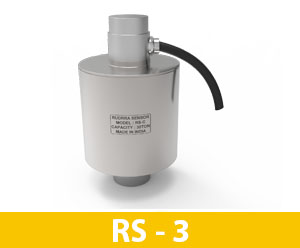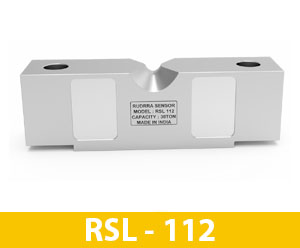In the world of industrial and commercial weighing, precision is everything. Whether you’re weighing trucks filled with raw materials, agricultural produce, or finished goods, the accuracy of your weighbridge system is crucial. At the heart of this system lies a component that often goes unnoticed — the load cell.
Let’s dive into what a weighbridge load cell is, how it works, and why it’s so important in modern-day weighing systems.
What is a Load Cell?
A load cell is a type of transducer that converts force (or weight) into an electrical signal. In the context of a weighbridge, load cells measure the weight of the vehicle and its contents when it’s parked on the platform.
These sensors are incredibly sensitive and accurate, capable of detecting even minute changes in weight. Load cells are the unsung heroes that make weighbridges reliable, efficient, and trustworthy.
How Does a Weighbridge Load Cell Work?
Here’s a simplified breakdown of the process:
- Load Application: When a truck or vehicle drives onto the weighbridge, its weight is distributed across several load cells installed beneath the platform.
- Signal Generation: Each load cell experiences strain due to the weight and generates an electrical signal proportional to the load applied.
- Signal Conversion: These signals are then sent to a digital indicator or controller, where they’re converted into a readable weight value.
- Data Display & Recording: The final weight is displayed for the operator and can also be stored or transmitted for record-keeping and analysis.
Types of Load Cells Used in Weighbridges
Different load cells are used depending on the design and application. The most common types include:
- Compression Type Load Cells: Designed to handle heavy loads, these are commonly used in weighbridges.
- Double-Ended Shear Beam Load Cells: Suitable for applications with side load resistance, these offer good stability and durability.
- Rocker Column Load Cells: Often used in pit-mounted weighbridges, these provide excellent accuracy and reliability.
Why Load Cells Matter in a Weighbridge
A weighbridge is only as good as its load cells. Here’s why:
- Accuracy: High-quality load cells ensure that every kilogram is accounted for.
- Durability: Industrial-grade load cells are built to withstand harsh environments, weather conditions, and heavy-duty use.
- Legal Compliance: Accurate weight measurement is essential for regulatory and taxation purposes.
- Cost Efficiency: Proper weighing prevents overloading, reducing wear and tear on vehicles and improving fuel efficiency.
Maintenance & Calibration
To ensure long-term performance, load cells need periodic calibration and maintenance. Environmental factors like moisture, dust, and temperature changes can affect accuracy over time. Regular checks help maintain precision and avoid costly errors.
Common Issues with Load Cells
Like any equipment, load cells can face challenges, such as:
- Signal Drift: Gradual changes in the output signal without actual weight change.
- Mechanical Damage: Due to overload or physical impact.
- Moisture Ingress: Especially in outdoor installations.
- Wiring Faults: Loose or damaged cables can affect performance.
Timely detection and servicing of these issues are crucial to keep your weighbridge running smoothly.
Final Thoughts
A weighbridge without reliable load cells is like a watch without gears — it simply won’t work. As industries demand more precision and data-driven operations, the role of load cells becomes even more vital. Investing in high-quality load cells and maintaining them properly not only improves accuracy but also enhances the overall efficiency of your operations.
So next time you see a massive truck rolling onto a weighbridge, remember — it’s the tiny load cells underneath doing all the heavy lifting.








